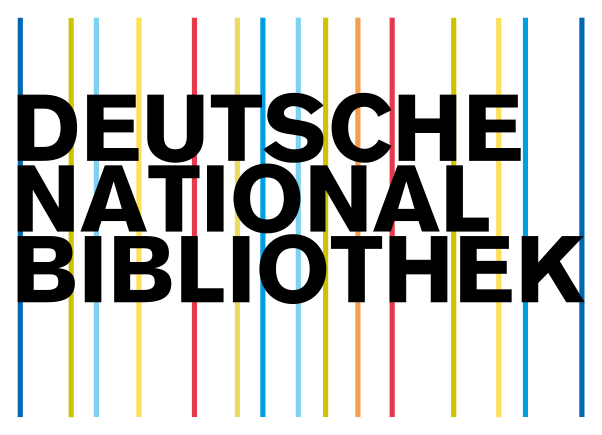Hospital Queuing-Recommendation for Predicting Parallel Patient Treatment Time in a Big Data Environment
Keywords:
Apache spark, big data, cloud computing, hospital queuing recommendation, patient treatment time predictionAbstract
One of the major challenges faced by hospitals are effectively managing patient queue to minimize patient wait delay and overcrowding. Unnecessary and annoying waits for long periods result in substantial human resource and time wastage and increase the frustration endured by patients. For each patient in the queue, the total treatment time of all the patients before him is the time that he must wait. It would be convenient and preferable if the patients could receive the most efficient treatment plan and know the predicted waiting time through a mobile application that updates in real time. Therefore, we propose a Patient Treatment Time Prediction (PTTP) algorithm to predict the waiting time for each treatment task for a patient. We use realistic patient data from various hospitals to obtain a patient treatment time model for each task. Based on this large-scale, realistic dataset, the treatment time for each patient in the current queue of each task is predicted. Based on the predicted waiting time, a Hospital Queuing-Recommendation (HQR) system is developed. HQR calculates and predicts an efficient and convenient treatment plan recommended for the patient. Because of the large scale, realistic dataset and the requirement for real-time response, the PTTP and HQR system mandate efficiency and low-latency response.






